Fit to Play with Jim Johnson: One game, 125 commercials
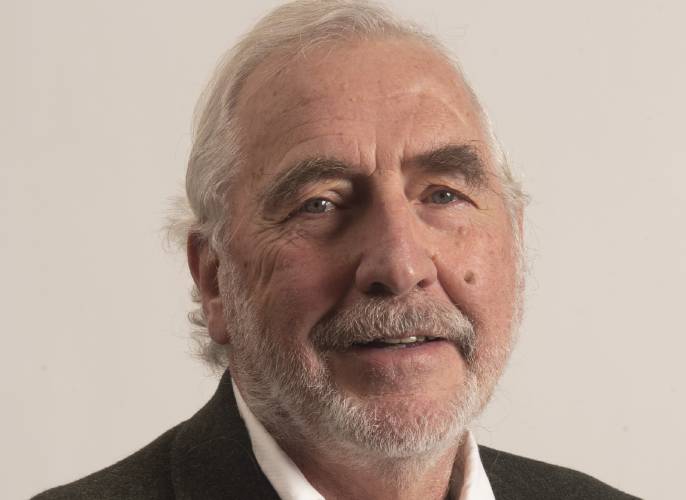
Jim Johnson
| Published: 02-05-2024 3:49 PM |
I watched a lot of college football this year and am happy it’s over. Next year will be longer as eight teams are added to the playoffs. Baseball in November, basketball and ice hockey in June, football in February — will seasons ever end?
Revolutionary changes occurred but one that hasn’t changed is fans’ disappointment with televised advertising. I decided to do a simple analysis of a game: Missouri versus Tennessee on CBS. With pen and paper and a stop watch, I recorded every advertisement. Finally, after 3½ hours, my mind beginning to numb, the game ended — 125 commercials. A close watch of the screen also revealed a flashing Home Depot ad every 12-16 seconds, so brief you don’t notice. Is this cheating?
After the game I had this overwhelming feeling that I needed to buy a new Nissan on the way to Home Depot. I planned to stop at Burger King, Taco Bell, and Kentucky Fried Chicken along the way, all washed down with Dr Pepper; just drive through and eat in the car. And, yes, I’m going to need new insurance, but I’m not sure whether to buy from an emu, a talking goose, a little green lizard, or a weird group wearing white aprons.
While there will be no respite from advertising, college football is changing. NIL really came into play this year. For those unfamiliar with this term, NIL allows athletes to receive compensation whenever their Name, Image, or Likeness is used to make money. Until recently, scholarship athletes only received tuition, room, and board; they were worth every penny. But many athletes were always broke. I have seen athletes who had no money for clothes or entertainment and had no access to funds during a family emergency. Meanwhile, the school was making millions off their hard work, coaches made millions, drove the newest cars, and bought expensive vacation homes. Athletes used to be able to get a job, but new NCAA regulations allowed all year training — including summer. And forget going into the NFL; less than 2% make it.
NIL was supposed to fix this problem. For years the NCAA refused to bend even a little, and then they gave up. NIL started out innocently, a way to allow athletes to receive some monetary reward, but in less than a year’s time it got out of hand. Chaos. Alumni and others quickly found ways to reward athletes far beyond what was intended. NIL is now used to recruit athletes. Now that the doors are wide open to money, they will be hard to close.
The portal is another change in college football. For years, if athletes wished to change schools they had to wait a year to play at the new school. Athletes can now enter the portal and play at a new school the next year. Athletes leave one team to play for another. One intent of the portal was to give the athletes flexibility. What if the athlete found himself in a situation where he knows he will never play? What if the coaching he expected is not there, that the program is not as advertised? Should the athlete be penalized for wanting something better? NIL funds are now used to entice athletes to move.
Organized betting is now part of college football. The “spread” is discussed before the game by analysts, but terms like game-fixing and point-shaving are never mentioned. Improprieties are ignored. Some plays are being questioned. You can even bet at the game, during the game. Betting on college football is a big industry, an estimated $8 billion per season. Remember, the house always wins.
College football is a mess. Maybe Charlie Baker can fix it.The NCAA has lost control; money rules. Athletes are bought; betting will corrupt. Conferences based on geography are a joke. The Big Ten will really be the Big 18. Former Texas A&M coach Jimbo Fisher will receive $77 million not to coach, so-called dead money. One source reported $533 million of dead money was paid in the last 10 years. This year 86 teams played in 43 bowls, almost all meaningless, except schools made millions, athletes had to train an additional month, many missed final exams or Christmas to play in events like the Duke’s Mayo Bowl or the Pop Tart Bowl. Few were in the stands but TV watchers still saw 125 commercials.
Jim Johnson is a retired professor of exercise and sport science after teaching 52 years at Smith College and Washington University in St. Louis. He comments about sport, exercise, and sports medicine. He can be reached at jjohnson@smith.eduArticle continues after...
Yesterday's Most Read Articles
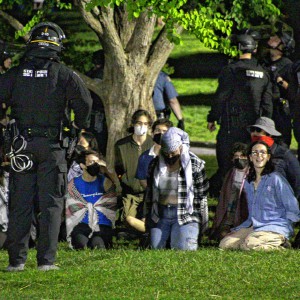 More than 130 arrested at pro-Palestinian protest at UMass
More than 130 arrested at pro-Palestinian protest at UMass
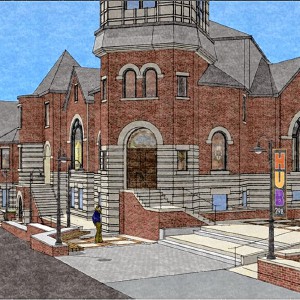 Public gets a look at progress on Northampton Resilience Hub
Public gets a look at progress on Northampton Resilience Hub
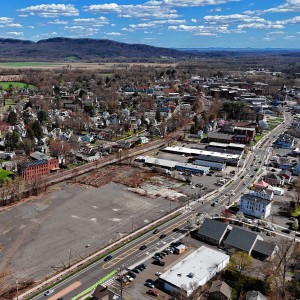 Northampton bans auto dealerships near downtown; zone change won’t affect Volvo operation on King Street
Northampton bans auto dealerships near downtown; zone change won’t affect Volvo operation on King Street
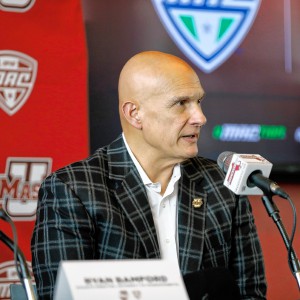 UMass basketball: Bryant forward Daniel Rivera to be Minutemen’s first transfer of the offseason
UMass basketball: Bryant forward Daniel Rivera to be Minutemen’s first transfer of the offseason
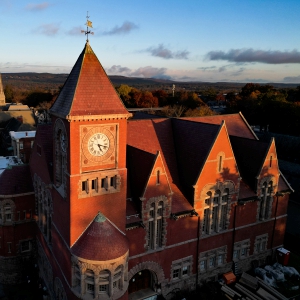 Town manager’s plan shorts Amherst Regional Schools’ budget
Town manager’s plan shorts Amherst Regional Schools’ budget
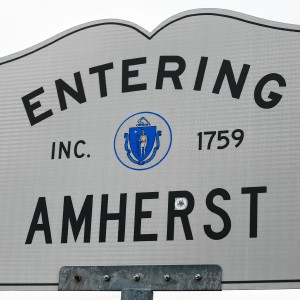 Police respond to alcohol-fueled incidents in Amherst
Police respond to alcohol-fueled incidents in Amherst

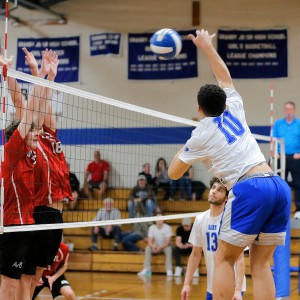 Boys volleyball: Granby cruises to 3-0 sweep over Athol (PHOTOS)
Boys volleyball: Granby cruises to 3-0 sweep over Athol (PHOTOS)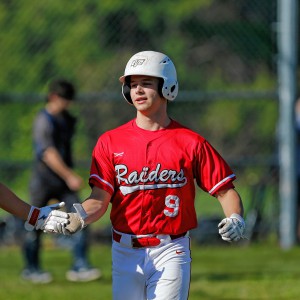 Baseball: Hampshire, South Hadley to ‘get a little taste of what it’s like to be a pro’ at Dunkin’ Park
Baseball: Hampshire, South Hadley to ‘get a little taste of what it’s like to be a pro’ at Dunkin’ Park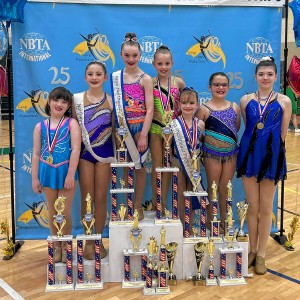 Belchertown Twirlers capture first place at Northeast Regional Championships
Belchertown Twirlers capture first place at Northeast Regional Championships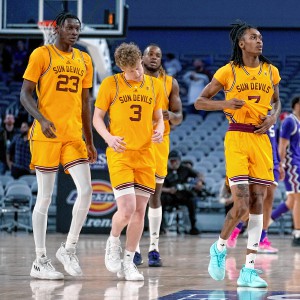 UMass basketball: Minutemen nab another transfer in Arizona State forward Akil Watson
UMass basketball: Minutemen nab another transfer in Arizona State forward Akil Watson
